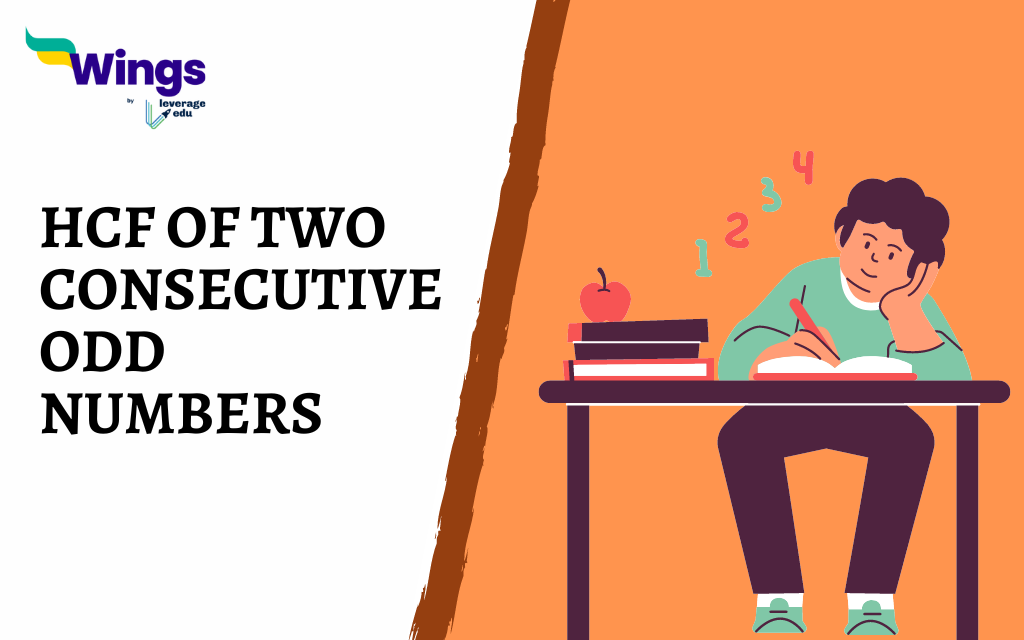Consecutive odd numbers are numerals that follow each other in order and are always odd. For example, 3 and 5 are consecutive odd numbers because they are next to each other and are both odd. HCF is the Highest Common Factor of two numbers. It is like finding the biggest shared factor between two numbers. You will be surprised to know that no matter which two Consecutive odd numbers you pick, their HCF will always be 1. This is so because odd numbers do not share any common factors other than 1.
Kindly note: The word ‘Factor’ is interchangeable with ‘Divisior.’
Explanation
Let us consider this example of the consecutive odd numbers 9 and 11.
- The factors of 9 are 1, 3, and 9.
- The factors of 11 are just 1 and 11.
- The only factor they share is 1, making it the highest common factor or HCF.
But why is the HCF always 1 for Consecutive odd numbers? It is so because odd numbers always have 1 as a factor, and they do not share any other common factors.
You can put it into perspective this way. Try to find a common language between two people who only speak one unique language each. There is only one common ground, which is silence (or 1, in our number analogy).
Therefore, whether you are looking at 3 and 5, 11 and 13, or any other pair of consecutive odd numbers, their HCF will be 1.
 One app for all your study abroad needs
One app for all your study abroad needs














